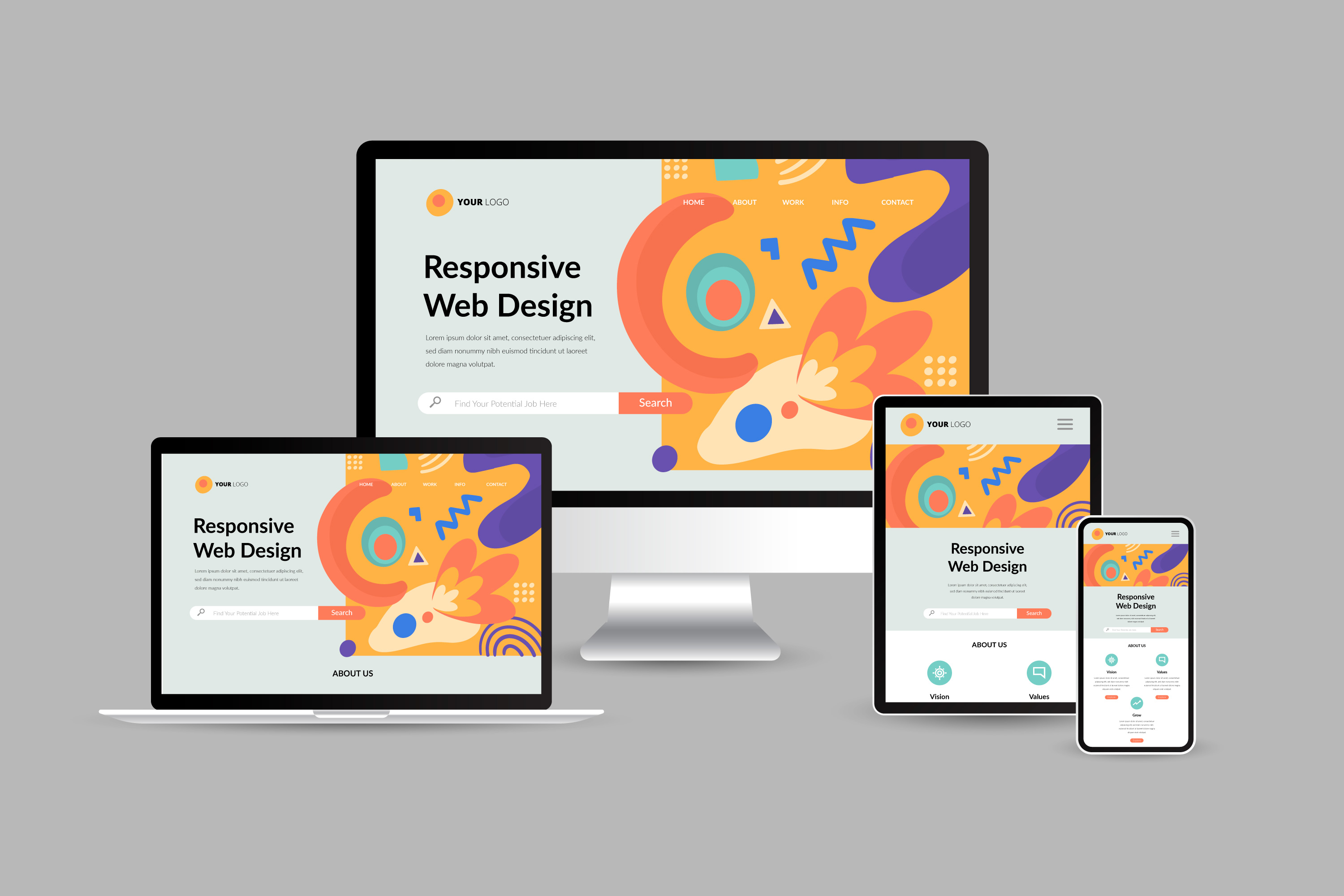Just How to Select the Right Internet Site Design for Your Service
Selecting a proper website style for your organization is a diverse procedure that calls for careful consideration of different aspects. Initially, it is necessary to plainly specify your company objectives, whether they include improving customer interaction or improving sales. Comprehending your target audience is similarly essential, as their preferences will significantly shape the style options you make. Focusing on customer experience and receptive style can enhance availability and satisfaction. As you evaluate these aspects, you may discover on your own contemplating a sixty-four-thousand-dollar question: how do you efficiently balance visual appeals with performance to accomplish your objectives?
Define Your Business Objectives

For instance, if your primary aim is to enhance ecommerce sales, concentrate on developing a seamless shopping experience with instinctive navigation, prominent call-to-action buttons, and maximized product pages. If your objective is to establish idea leadership in your sector, prioritize informative material, involving visuals, and easy to use user interfaces that encourage communication and sharing.
Additionally, incorporating measurable key performance indications (KPIs) pertaining to your objectives will assist analyze the site's performance in time. Regularly taking another look at and changing these objectives can ensure that your web site advances in alignment with your service purposes - website design in singapore. Finally, a clear understanding of your service objectives is vital for crafting an internet site design that not only satisfies customer assumptions but also drives concrete outcomes for your organization
Understand Your Target Audience
Understanding your target audience is crucial for producing an effective internet site design that reverberates with customers. A detailed understanding of your target market permits you to tailor your site's appearances, functionality, and content to meet their certain demands and choices. Begin by recognizing group variables such as age, sex, area, and revenue degree, which can significantly affect individual habits and expectations.
Next, dig into psychographics, exploring users' interests, values, and on-line behaviors. This information aids in crafting an extra tailored experience, making certain that your internet site involves visitors in a significant way. Conduct studies, interviews, or emphasis teams to gather direct responses, which can give beneficial understandings into what your target market favors.
Furthermore, analyze rival web sites that satisfy a similar target market; their successes and failures can illuminate ideal methods and areas to separate your brand name. Use analytics tools to track customer habits on your current internet site, determining trends that disclose what catches attention and what fails to involve. By completely comprehending your target market, you can produce a web site style that not only brings in site visitors but also cultivates interaction and drives conversions.
Prioritize User Experience
Individual experience (UX) serves as the foundation of a reliable internet site design, directly affecting just how site visitors engage with your content and navigate your site. A smooth UX can significantly enhance individual contentment, encouraging longer check outs and raised interaction.
Additionally, consider the visual hierarchy of your web pages. Crucial info ought to be prominently presented, assisting individuals toward essential actions such as making a purchase or registering for an e-newsletter. Efficient use of white space can also minimize cognitive tons, making it simpler for users to refine details.
Furthermore, web page load times are important; a slow-loading site can irritate customers and lead to high bounce rates. By constantly focusing on user experience, you produce a site that not just meets the requirements of your target market but likewise promotes commitment and promotes company development. Executing these methods will certainly help guarantee your web site is both functional and attractive to individuals.
Pick Responsive Design
In today's digital landscape, selecting a receptive layout is important for ensuring your web site does ideally throughout a variety of devices and screen sizes. As more individuals access the net via smart devices, tablet computers, and other gadgets, a receptive layout permits your internet site to adjust seamlessly to different resolutions and orientations. This flexibility enhances individual experience, which is critical for retaining visitors and reducing bounce rates.
Responsive design uses liquid grids, adaptable photos, and media questions to develop a cohesive look that maintains functionality, despite tool. This strategy not just enhances functionality however also positively influences search engine positions, as search engines like Google favor mobile-friendly look these up websites.
Moreover, a receptive internet site continue reading this gets rid of the requirement for preserving separate desktop computer and mobile variations, simplifying your growth and upkeep efforts. This efficiency can bring about cost savings and an extra consistent customer experience throughout platforms.
Include Branding Components
Integrating branding elements right into your site design is critical for establishing a strong identification and promoting recognition amongst your audience. Your brand name's logo, shade combination, typography, and imagery must perfectly incorporate into the overall design to develop a constant aesthetic experience. This uniformity not only enhances your brand's identification but also builds count on with site visitors.
Begin by prominently presenting your logo on the homepage, guaranteeing it is clickable to reroute customers to the major page. Choose a color pattern that lines up with your brand name's personality; for instance, vivid colors might convey energy, while soft tones can suggest sophistication. Typography must reflect your brand name's personality-- pick font styles that are both readable and rep of your message.

Final Thought
Selecting the suitable web site design necessitates a critical approach that balances service purposes with user experience. By defining clear goals, recognizing the target market, prioritizing intuitive navigation, selecting receptive layout, and incorporating natural branding elements, services can boost their on-line presence. Continuous assessment and adaptation based on user comments and efficiency metrics further make certain have a peek at this website that the web site remains reliable and relevant. Inevitably, a properly designed site acts as an important tool for accomplishing business success and promoting consumer involvement.